Imagine this:

You see someone walking down the street. They’re holding a large, thin, flat case that has papers peeking out of either end. The person toting this case looks like they walked off a movie set that stereotyped an artist. They’re wearing a paint-covered apron over their clothes, an oversized pair of glasses, and a messy hairstyle.
As you pass, the person trips! You discover they were carrying a portfolio of their best work as it goes flying out.
Is that what you think of when you hear “portfolio”?
Portfolios are still a HUGE part of many people’s professions, but not like before. It is rare to see a tangible portfolio anymore.
Now, they are digital.
What is a Digital Portfolio?
A digital portfolio has many names: electronic portfolio, online portfolio, e-portfolio, e-folio, or e-Folio. No matter which name you choose, they are all the same thing. A collection of electronic evidence demonstrating the person’s abilities.
A resume leaves a lot to conjecture. A digital portfolio, on the other hand, provides concrete evidence of what you’ve accomplished.
What Professions Use Digital Portfolios?
Portfolios are still largely used in the art community, but not only by those who draw, write, or take pictures. Make-up and hair artists are a popular group of digital portfolio creators. Many technology wizards, such as UX/UI designers, front-end developers, and product designers can all benefit from a portfolio. Creative directors, interior designers, architects, and freelancers are further examples.
The surprise users, though, are thought leaders in their field if a portfolio is not regularly requested in a job description. I’m looking at you C-Suiters.
Which Portfolio Type Should I use?
There are 3 types.
Developmental – Typically used by students. It shows the progression or advancement of skill(s) over time. This could be a useful tool for leaders, to show how they’ve developed their teams.
Assessment – Demonstrates skill and competence in a certain area.
Showcase – Used to highlight the absolute best work in a specific area. This type is the most common for showing to potential employers to gain employment.
Any combination of the three, or all three types of portfolios, can be used to create a hybrid one.
What Would I Put in my Portfolio?
What to put in your portfolio depends on how you want to market yourself.
There is a one-page version that is a single web page. It is a condensed version with a short introduction, personal and contact information, career history, and visual samples.
How is this different from a resume?
A portfolio is significantly more substantial than a resume. It shows examples of your work by revealing your thought process, follow-through, or even your growth.
Creating a structured portfolio is the other option.
A structured portfolio has a separate page for each piece of information you provide. The home page has a bio, there is another page containing contact information, and more with all your work displayed.
Either version is acceptable, and some recruiters say they prefer one-pagers as they don’t want to wade through a huge site, nor do they have the time.
Only 4 elements are needed for any digital portfolio:
- An introduction, bio, or about me
- Categorized samples of your work
- Contact information or a contact form
- Your resume, ideally as a link in PDF
Other ideas for some content to add to make a more robust portfolio would be testimonials, links to any projects, companies, or websites you are involved with, your certifications, and widgets or links to your social media.
You can include drafts, prototypes, and sales charts you used in a meeting. Anything can go in a portfolio. If you are a business professional, choose items that illustrate your personal process, challenges you’ve faced, and solutions. Or create a timeline of a project you managed. Show how you started with an idea and followed it through.
Curate your portfolio to show the best you’ve got.
Once you’ve taken the time and effort to put together your portfolio, you’ll be in a better position to communicate about yourself in an interview with a marketing mindset.
Isn’t LinkedIn Enough?
If you’re going to only do one thing, have a LinkedIn profile.
Recruiters are saying LinkedIn first, portfolio second. Unless you’re in the arts. Then a portfolio is extremely important.
Have a strong LinkedIn profile that can stand on its own. Then create a portfolio that provides greater insight into who you are and what amazing work you do.
Reach out to Resume Assassin today to elevate your resume, cover letter, and LinkedIn profile! www.resumeassassin.com or mary@resumeassassin.com.
Connect on LinkedIn: www.linkedin.com/in/mary-southern
